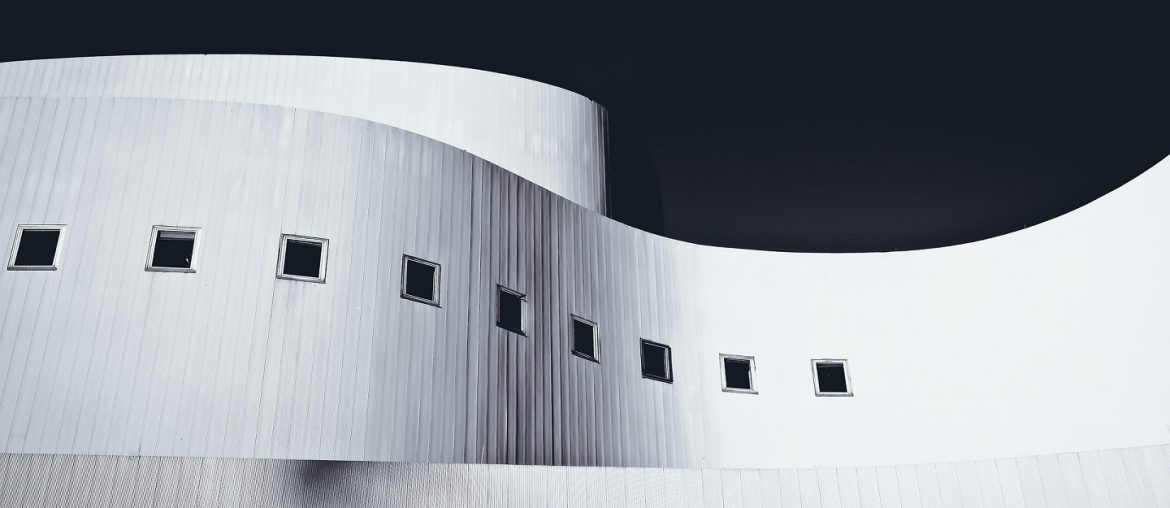There’s no end to people’s interest to learn about the FUTURE! There was even a time when kings and emperors spent riches to learn what the future holds. But now! Now people can predict the future thanks to the constant flow of information. Some predict how the world will be a hundred years from now, while others explain how our homes will look like 50 years from now. And the thing real estate experts are most hopeful about is 3D printed houses. But what actually is a 3D printed home? We’ve already learned whether they are real or not; whether the technology is available or not. So today we’ll take a look at the positive and negative aspects of 3D printed houses and their future possibilities
Pros of 3D Printed houses

When people finally started talking about using 3D printing technology in the housing sector, after many other industries had already done so, they discovered how profitable it can be for the industry. The amazing and surprising benefits of the 3D printing technology made it seem as if it was specifically created for the real estate industry!
Relatively Low-Cost
When it comes to pros and cons of 3D printed houses, the first thing that makes it worthwhile is it’s relative low-cost. This technology reduces the cost in several ways. Since there’s no need to hire laborers for constructions, it eliminates the cost entirely. Thanks to 3D printing, it is now possible to think about building homes at such a low cost that is impossible through traditional construction methods. It suffices to say, the ability to build homes for less can be a blessing for low-earning individuals.
Saves a Lot of Time
It is possible to build a 3D printed home directly from a digital design. This makes construction rapid and error-free. It is possible to build the structure of a home in just a day which otherwise would take months. Take Icon, the American construction startup, for example. They developed a technology that can build a 650 sq. ft. one storey 3D printed in just 24 hours. Even countries like Russia and China are starting to use 3D printing technology.
Infinite Design Possibilities
Aside from lower construction cost and saving time, 3D printing brings another great possibility. The old construction methods have some design limitations. However, this advanced technology is free of those limitations. 3D printing technology is helping the unique and creative design of the architects come to life.
Cons of 3D Printed houses

While there are many benefits to using 3D printing in the real estate industry, the technology is still new. There are still many challenges when it comes to building 3D printed houses.
Difficulty Finding Raw Materials
Ever since people began using 3D printing technology to build homes, finding high-quality construction material has been difficult. The raw material used in traditional construction is not the same as the material used in 3D printers. And there are very few materials today that can be used in a 3D printer. Besides, most of the printers need specific materials. This means it might not be possible to use the raw material of one printer on another.
Negative Impact on Manpower
Many of the jobs today have already been made automated in this age of digitalization. And when this 3D printing technology gets properly started, it is sure to have an impact on manpower and the housing industry. The demand for skilled construction workers will plummet and leave them in a jeopardize state. It will also threaten the livelihood of people who supply construction equipment and material. A great percentage of Bangladesh’s remittance comes from the Middle East, where people from the country work tirelessly as construction workers. They don’t require a great deal of specialized skill to work in construction. But you’d specific skills to build a 3D printed home; which the simple construction folk doesn’t have. As a result, this technology will also have a negative impact on Bangladesh’s remittance.
Other Problems
Aside from the biggest problems mentioned above, there are other problems like,
- Moving a 3D printer from one place to another can be a great challenge. Safely operating the device on-site can also be difficult.
- Risk during construction will increase too since the 3D printer prints out everything on the model or design all at once. Even though the printer is not at fault if the mistake is in the design, yet, it is the printer that has to pay for it. This is because it’s difficult to fix any error once it has been printed.
- Although 3D printing itself is very rapid, the rest of the aspects and work make it a slow process. That is why it can take much longer to complete than originally planned.
However, even with all the problems, you cannot deny all the great benefits of 3D printing technology and how it can take the housing industry to the future. What is your opinion on this potential sector? Do you want to know about anything else regarding this? Let us know in the comments section.





2 Comments
Hello,
I have a question regarding the additional work with 3d printed houses. The printer makes the skeleton of the house, and none of the electronics, water or plumbing, or any other utilities. Wouldn’t this slow down the process of construction? I doubt this is enough to offset the construction enough to be comparable to traditional construction though.
Would 3D housing work in the Pacific Northwest for homeless people. What would be the real cost which would include plumbing, electrical, doors , windows, roof etc. and of course land cost (which depends on the area) cost of a 3D printer large enough to build a 500 sq ft home.
Many more questions.
Evelyn Hallett
cost of